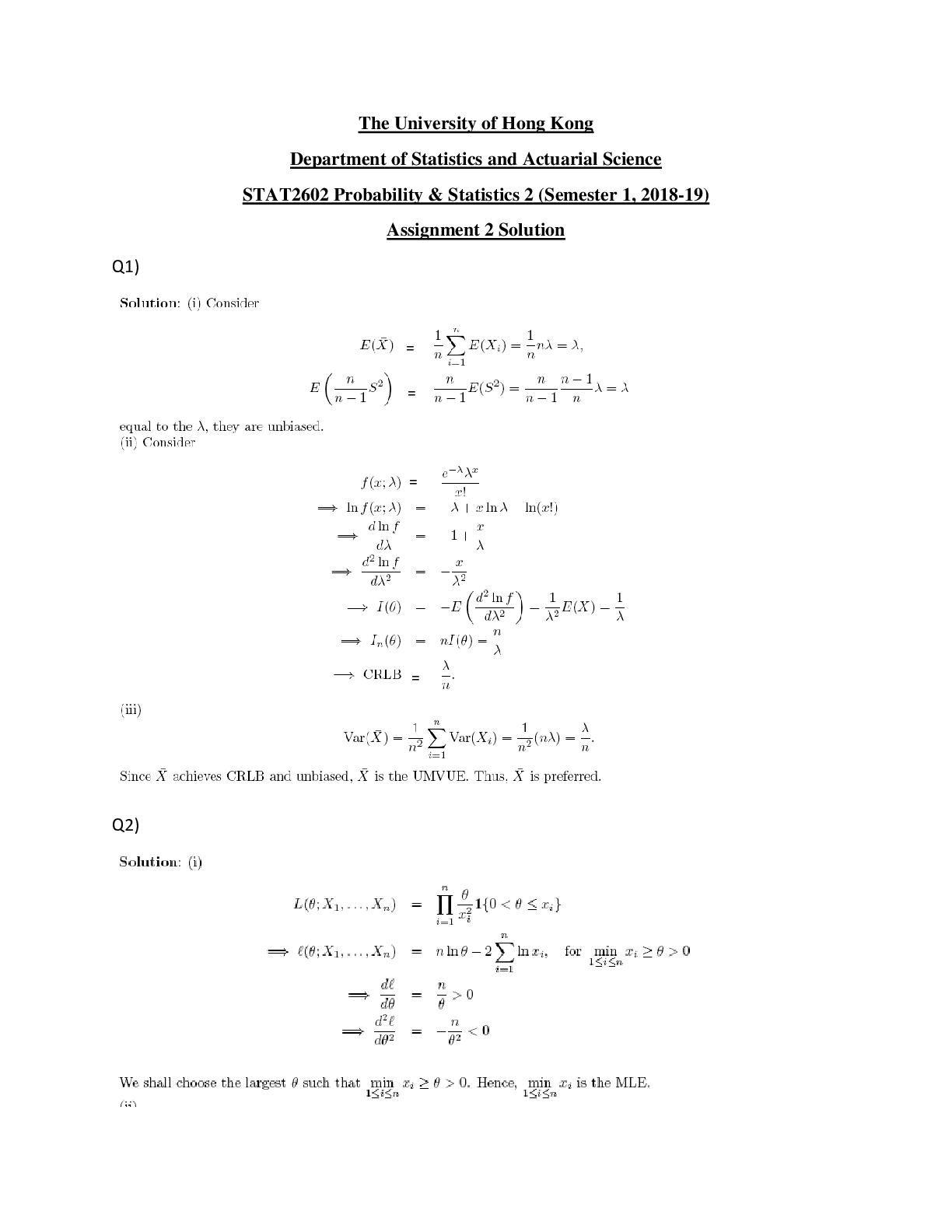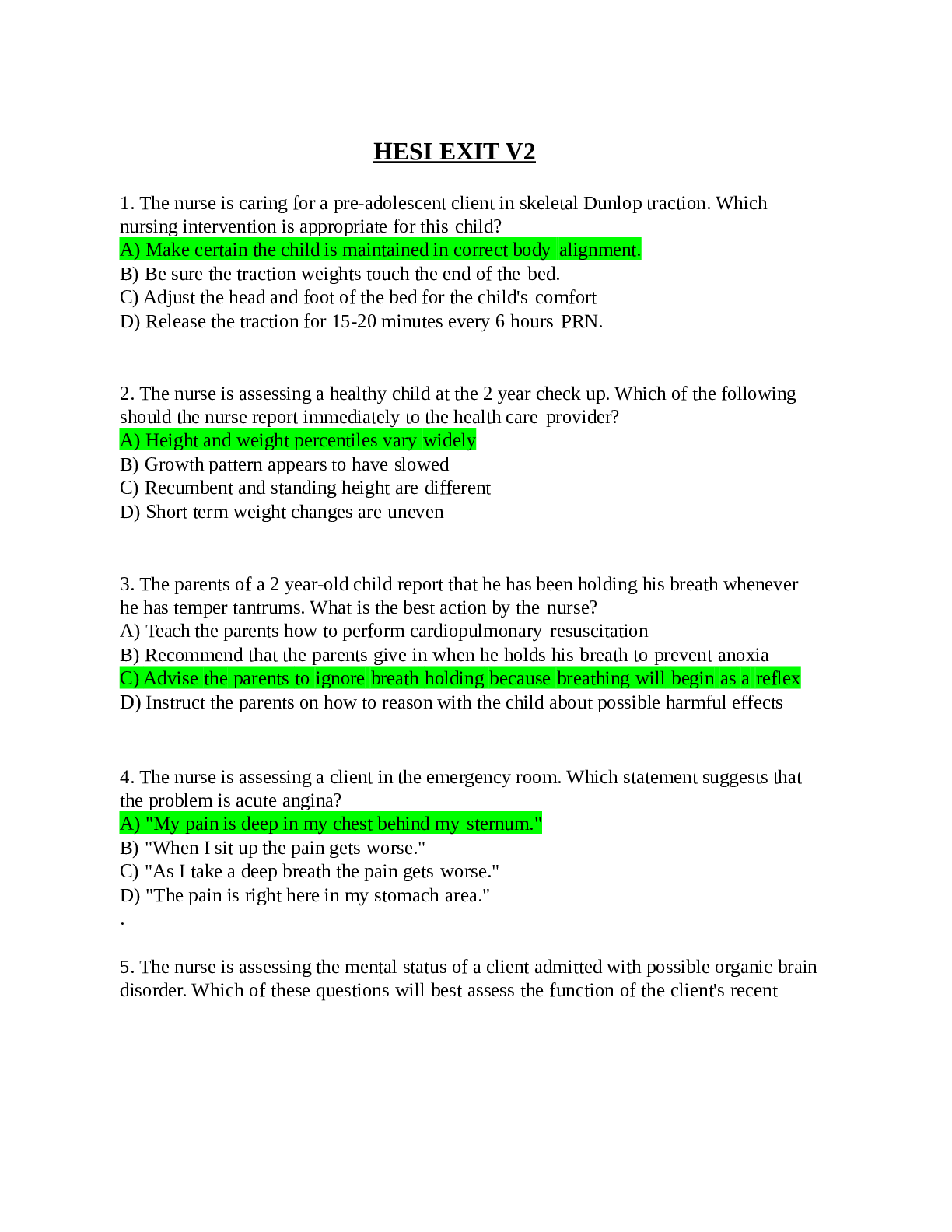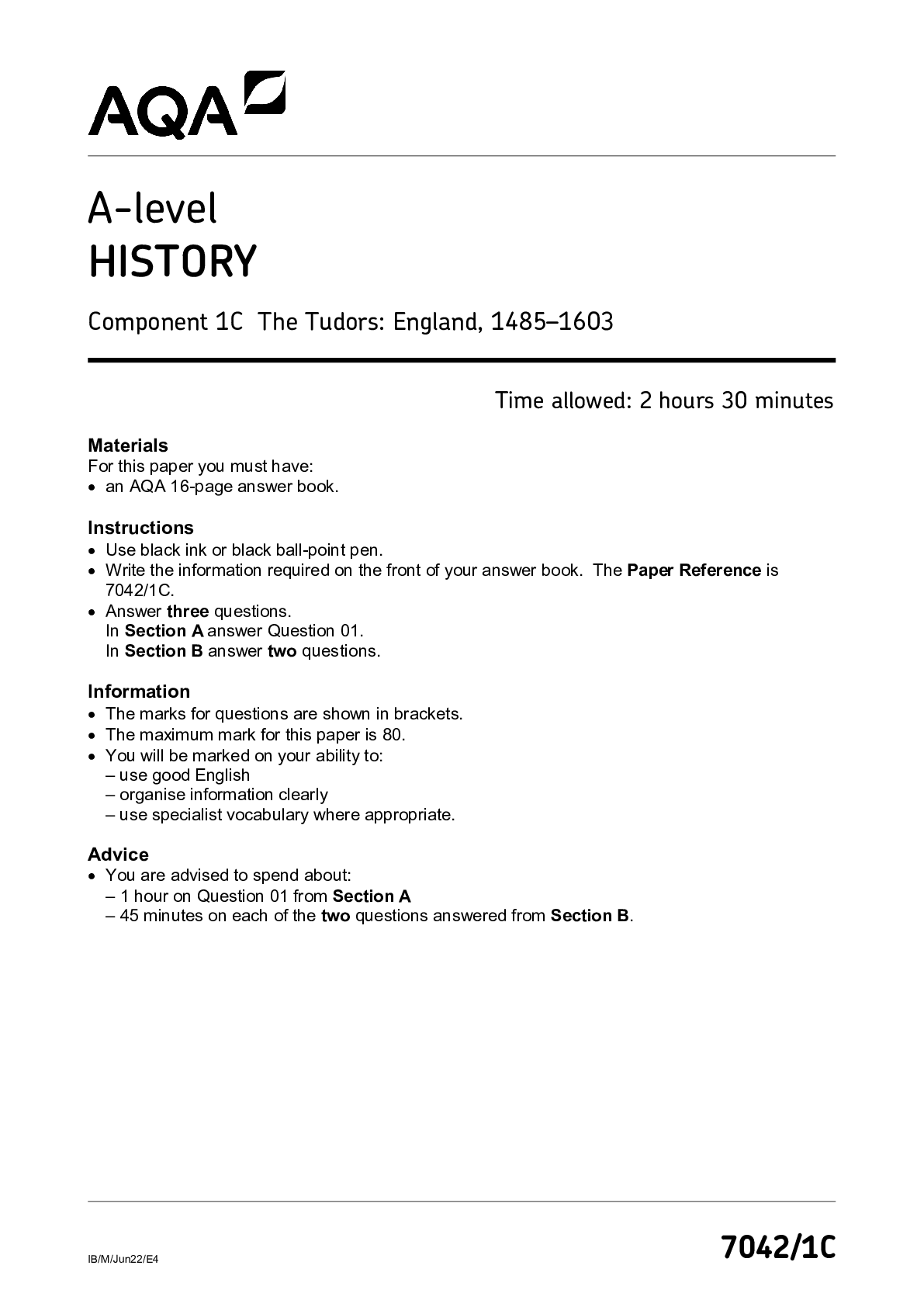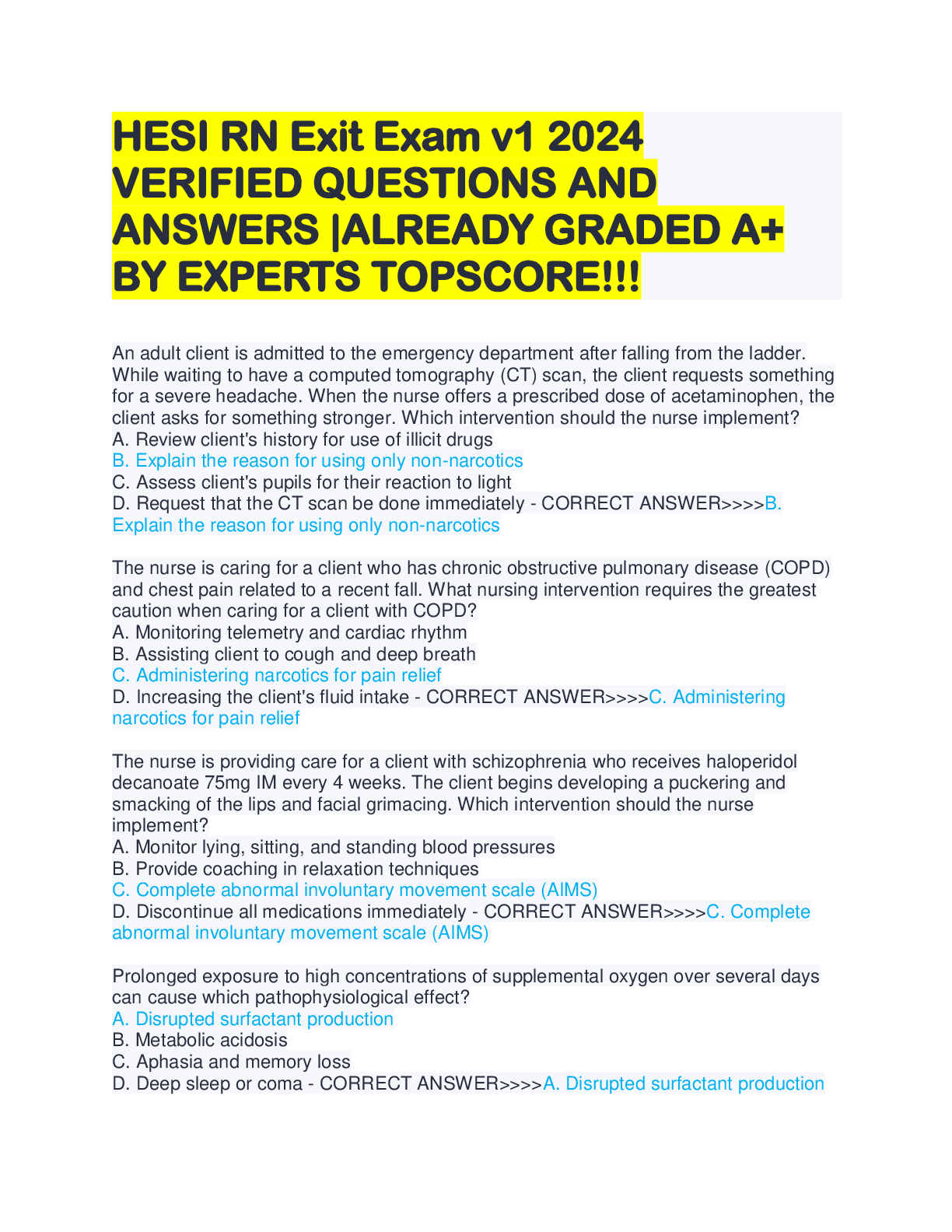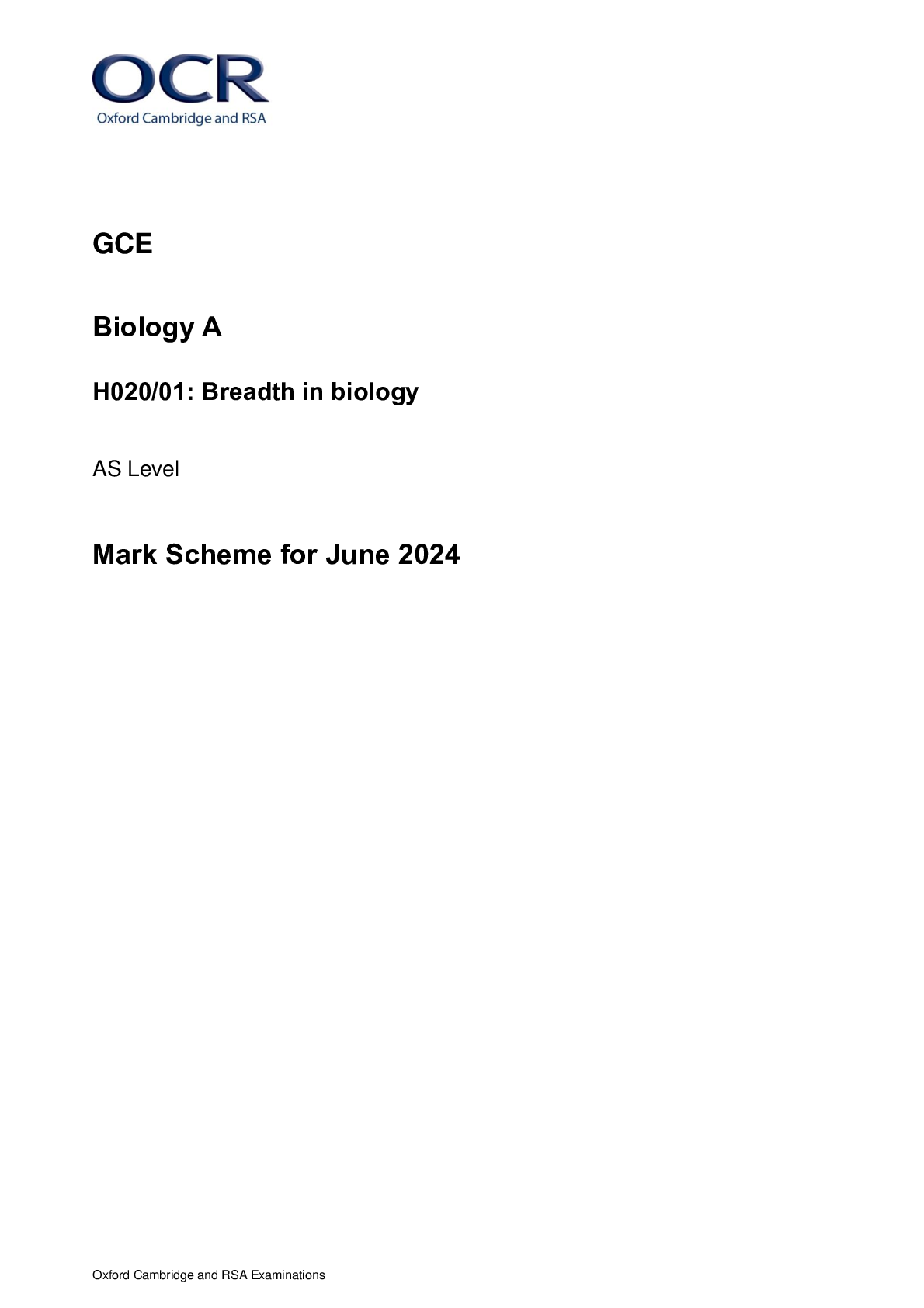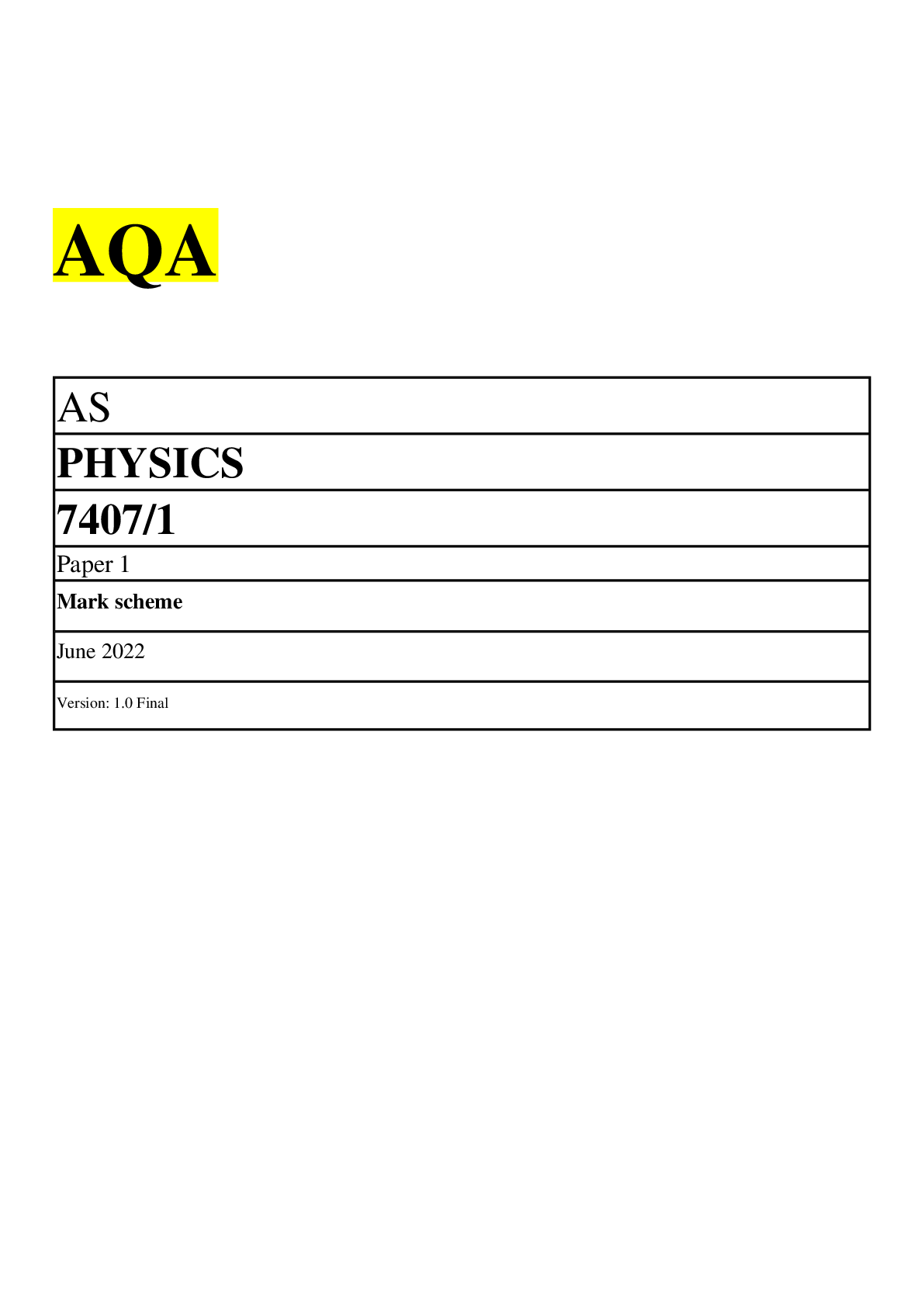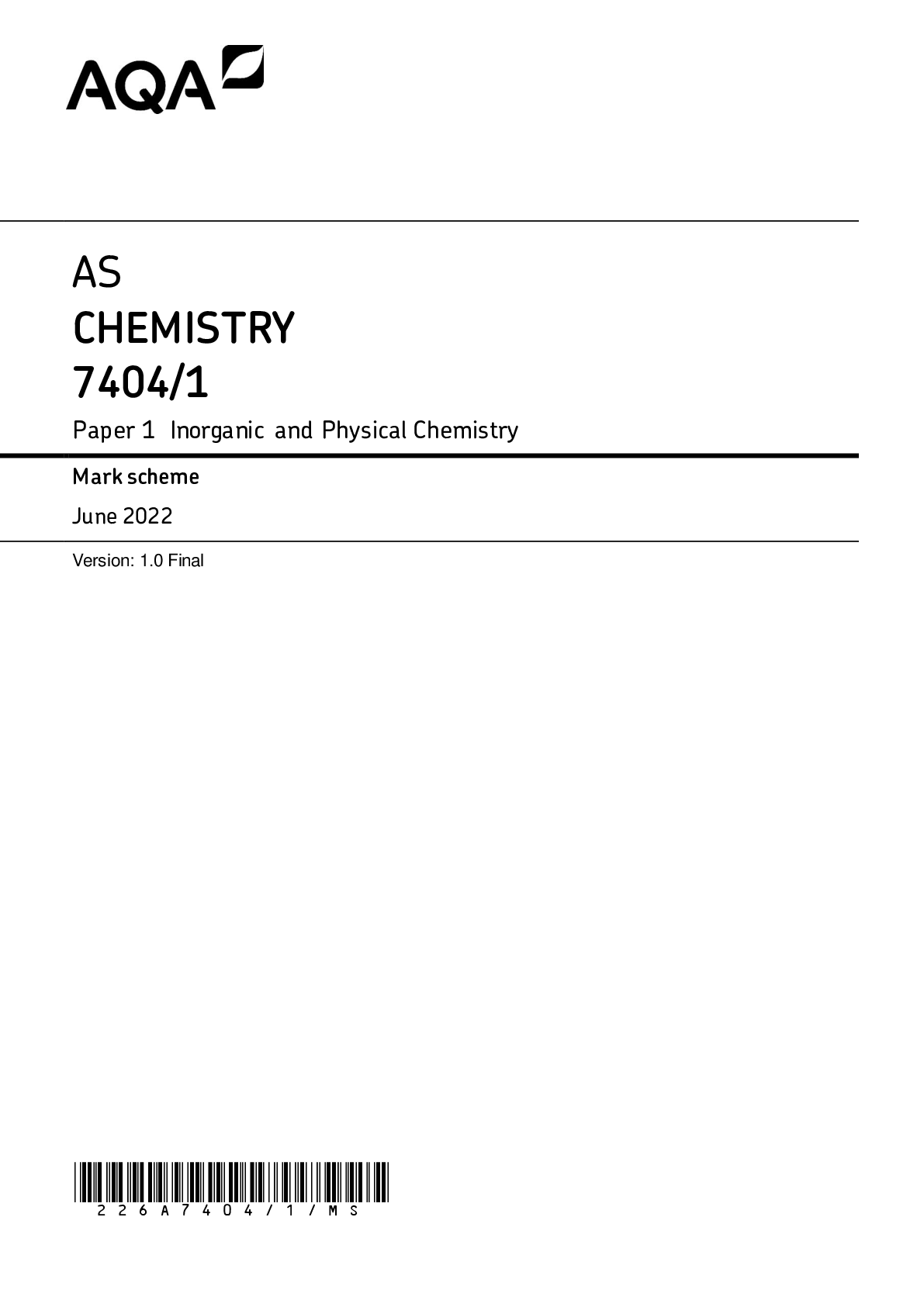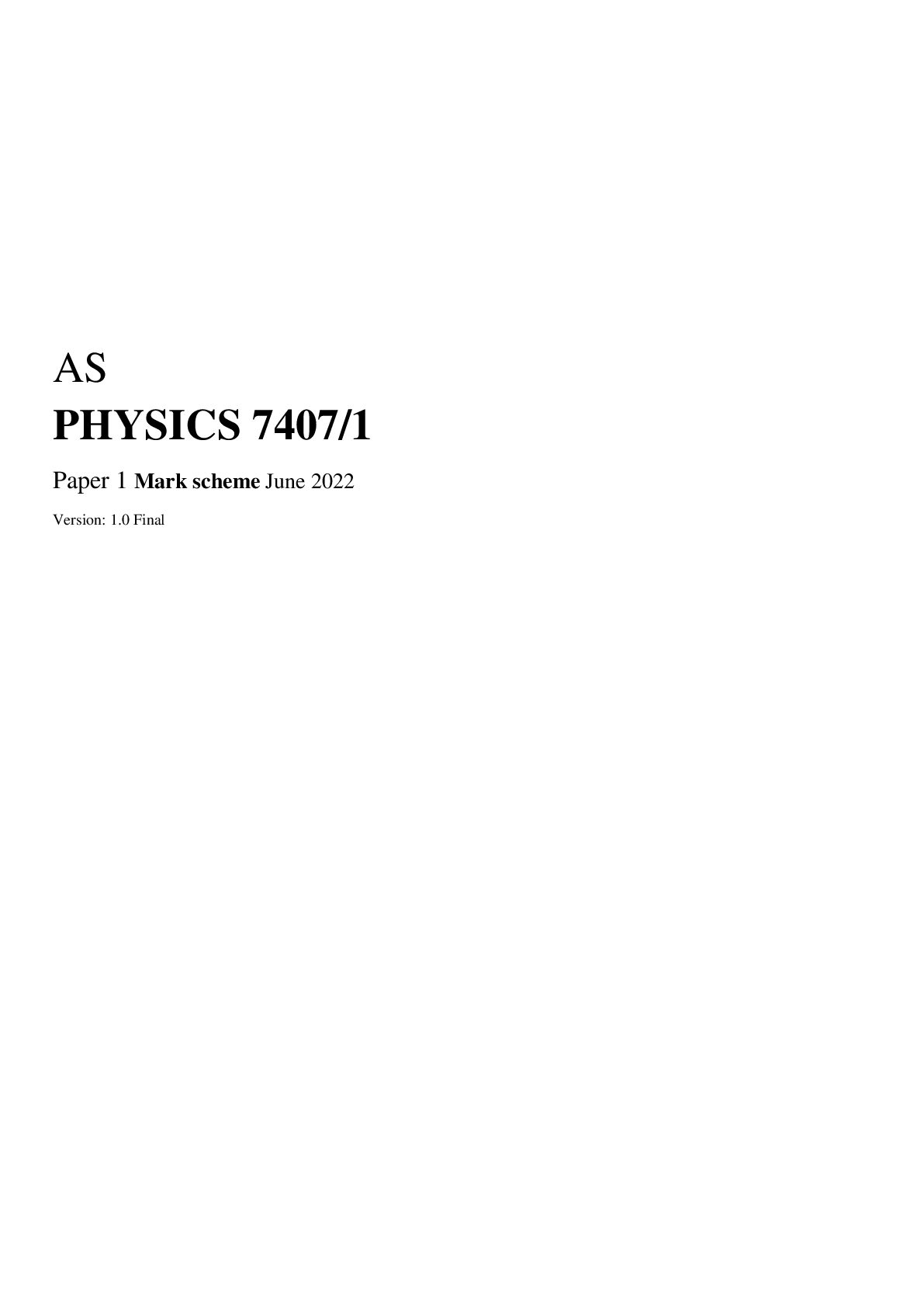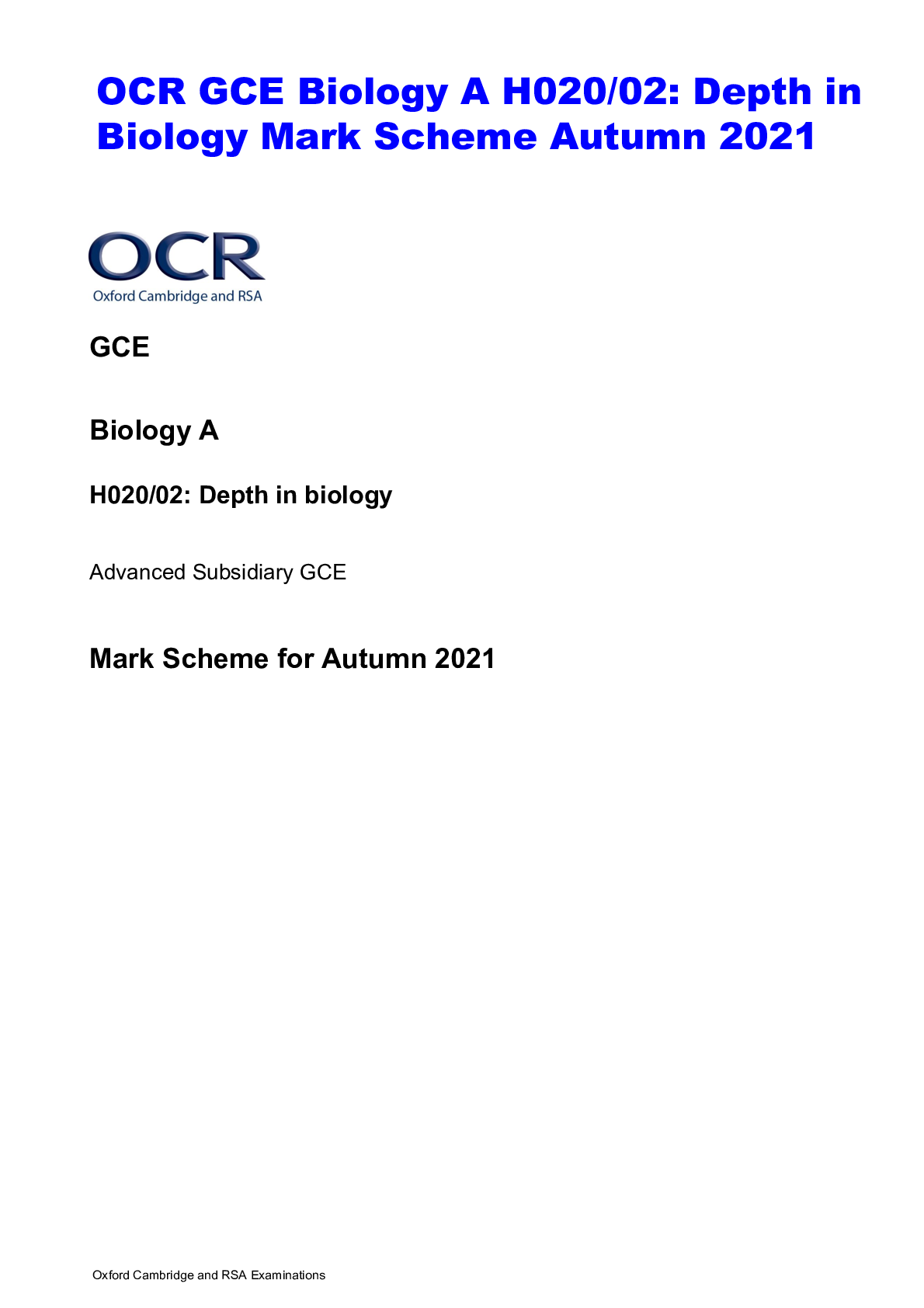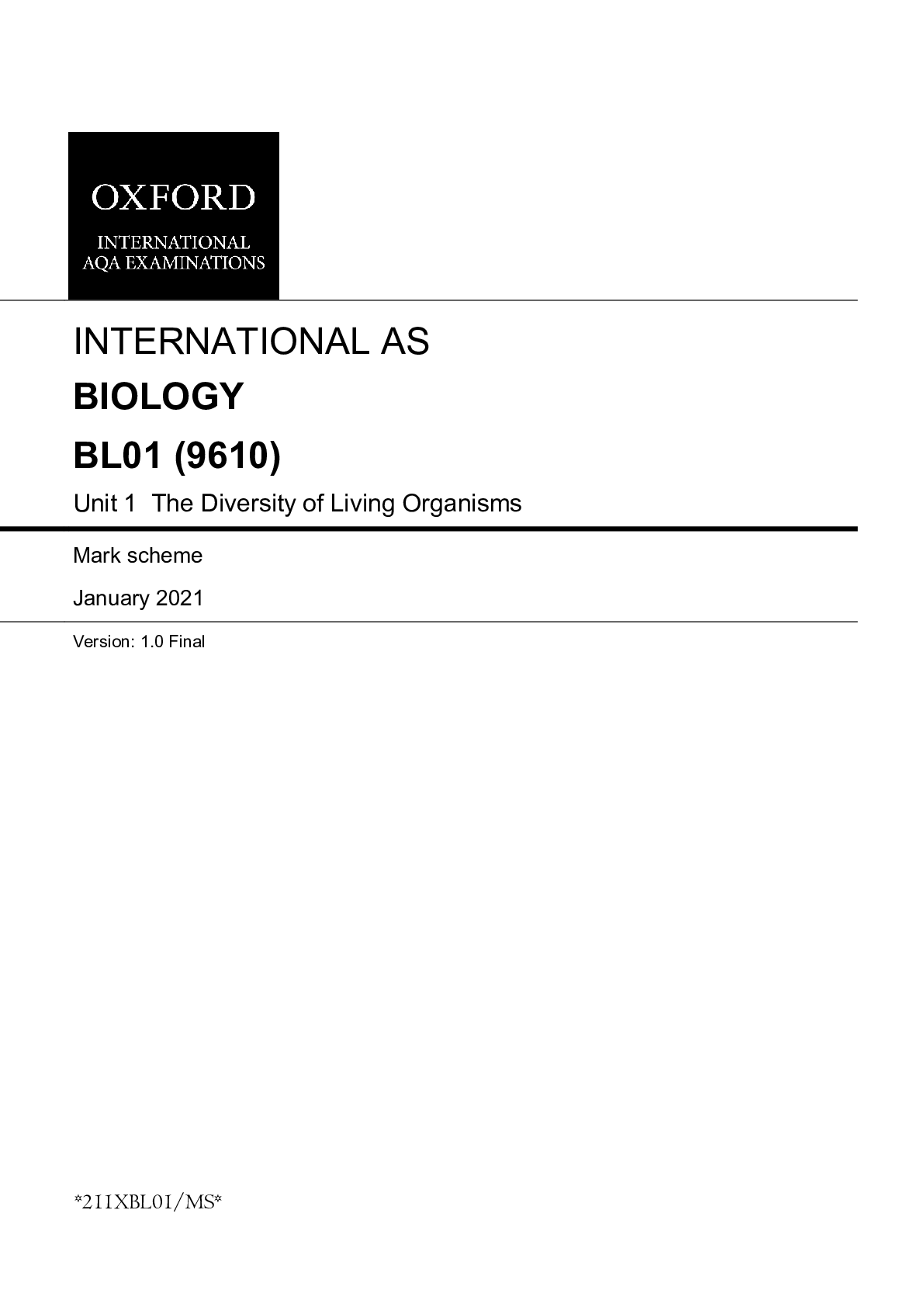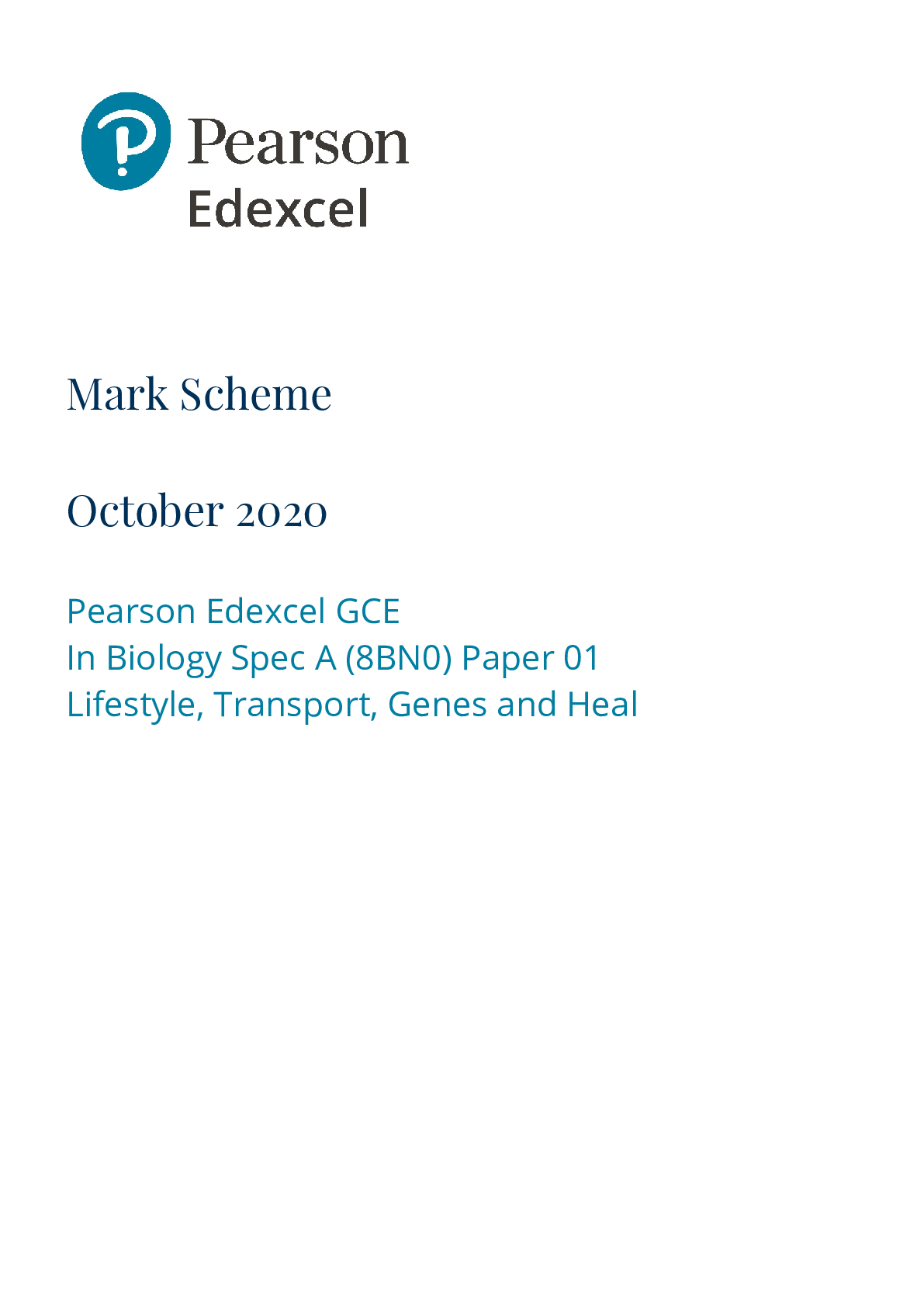GCE History A Y321/01: The Middle East 1908–2011: Ottomans to Arab Spring Advanced GCE Mark Scheme for November 2020
Document Content and Description Below
GCE
History A
Y321/01: The Middle East 1908–2011: Ottomans to Arab Spring
Advanced GCE
Mark Scheme for November 2020
Oxford Cambridge and RSA Examinations
GCE
History A
Y321/01: The Middle
...
East 1908–2011: Ottomans to Arab Spring
Advanced GCE
Mark Scheme for November 2020Oxford Cambridge and RSA Examinations
OCR (Oxford Cambridge and RSA) is a leading UK awarding body, providing a wide range of
qualifications to meet the needs of candidates of all ages and abilities. OCR qualifications
include AS/A Levels, Diplomas, GCSEs, Cambridge Nationals, Cambridge Technicals,
Functional Skills, Key Skills, Entry Level qualifications, NVQs and vocational qualifications in
areas such as IT, business, languages, teaching/training, administration and secretarial skills.
It is also responsible for developing new specifications to meet national requirements and the
needs of students and teachers. OCR is a not-for-profit organisation; any surplus made is
invested back into the establishment to help towards the development of qualifications and
support, which keep pace with the changing needs of today’s society.
This mark scheme is published as an aid to teachers and students, to indicate the requirements
of the examination. It shows the basis on which marks were awarded by examiners. It does not
indicate the details of the discussions which took place at an examiners’ meeting before marking
commenced.
All examiners are instructed that alternative correct answers and unexpected approaches in
candidates’ scripts must be given marks that fairly reflect the relevant knowledge and skills
demonstrated.
Mark schemes should be read in conjunction with the published question papers and the report
on the examination.
© OCR 2020Y321/01 Mark Scheme November 2020
2
Annotations
Annotation Meaning of annotation
Blank Page
Highlight
Off-page comment
Assertion
Analysis
Evaluation
Explanation
Factor
Illustrates/Describes
Irrelevant, a significant amount of material that does not answer the question
Judgement
Knowledge and understanding
Provenance
Simple comment
Unclear
View
Synthesis
Continuity/ChangeY321/01 Mark Scheme November 2020
3
Subject Specific Marking Instructions
Section A Mark Scheme
Question Answer Mark Guidance
1 Evaluate the interpretations in both of the two
passages and explain which you think is more
convincing as an explanation of Nasserism and Pan
Arabism.
In locating the Interpretations within the wider
historical debate, answers might argue that
Interpretation A emphasises that there were
weaknesses in Nasserism.
• In evaluating Interpretation A, answers might
argue it is valid because appeal for Nasserism
was short-lived.
• Answers might argue that Interpretation A is valid
as Egypt lacked the military power to sustain its
position, shown in wars against Israel.
• Answers might argue that Interpretation A is valid
because the UAR lasted only until 1961and there
was disillusionment in Syria.
• Answers might argue that Interpretation A is valid
because there was dislike of Nasser’s Arab
socialism.
• Answers might argue that Interpretation A is valid
because other Arab leaders were unhappy about
the domination of Egypt.
• Answers might argue that Interpretation A is not
valid because only Iraq was able to join the
Baghdad Pact because of the appeal of
Nasserism in other Arab states.
30 • No set answer is expected
• At Level 5 and above answers will evaluate both
interpretations, locating them within the wider
historical debate about the issue and using their
own knowledge, and reach a balanced
judgement as to which they consider the most
convincing about the issue in the question.
• To be valid, judgements must be supported by
relevant and accurate material.
• Knowledge must not be credited in isolation, it
should only be credited where it is used to
analyse and evaluate the interpretations, in line
with descriptions in the levels mark schemeY321/01 Mark Scheme November 2020
4
In locating the Interpretations within the wider
historical debate, answers might argue that
Interpretation B suggests that Nasser was the
champion of Arab nationalism and had a wide appeal.
• In evaluating Interpretation B, answers might
argue that it is valid because Nasser used the
‘Voice of the Arabs’ to reach millions within the
Arab world often against the wishes of Arab
governments.
• Answers might argue that it is valid because
Nasser’s main aim was to preserve the power of
Egypt.
• Answers might argue that B Interpretation is valid
as Nasser’s radio message appealed to all
classes, particularly with his anti-Western rhetoric.
• Answers might argue that the Interpretation is
valid because only Iraq was able to join the
Baghdad Pact.
• Answers might argue that the Interpretation is not
valid because of the military weakness of Egypt
and the collapse of the UAR.Y321/01 Mark Scheme November 2020
5
Section B Mark Scheme
Question Answer Mark Guidance
2* ‘Defending their economic interests was
always the most important aim of the Great
Powers in the Middle East in the period from
1908 to 2011.’ How far do you agree with this
view?
In supporting the hypothesis in the question, it
might be argued that securing and expanding trading
links was important, particularly the issue of oil.
• Answers might consider the strategic reasons of
securing oil supplies.
• Answers might consider the desire to secure oil
supplies following the invasion of Kuwait by
Saddam Hussein.
• Answers might consider the patrolling of the
Persian Gulf during the Iran-Iraq war.
• Answers might consider Britain controlling the oilfields in Iraq and Iran.
• Answers might consider the maintenance of
troops in the region to defend economic interests.
• Answers might consider the desire to secure
stable states to secure trade and oil supplies.
In challenging the hypothesis in the question,
answers might argue that in the first part of the period
Britain and France were the major powers and Britain
was particularly concerned about securing the route to
India, therefore controlling the Suez Canal.
• Answers might consider the upholding of the
Balfour Declaration and League of Nations mandate
to establish a Jewish state.
25 • No set answer is expected
• At higher levels answers might establish
criteria against which to judge
• To be valid, judgements must be supported
by relevant and accurate material.
• Knowledge must not be credited in isolation;
it should only be credited where it is used as
the basis for analysis and evaluation, in line
with descriptions in the levels mark scheme.Y321/01 Mark Scheme November 2020
6
• Answers might consider the USA’s concern to
limit Russian influence in the area, which became
an issue after Suez.
• Answers might consider the desire of the USA to
maintain the support of Egypt
• Answers might consider the desire of the USSR
to spread its influence and secure allies.
• Answers might consider how the USA became
involved to support the state of Israel.
• Answers might consider that the USA supported
Israel to show the superiority of its ally.
• Answers might consider the US concerns about
the region for its war on terror.
• Answers might consider the desire to assert great
power status.
• Answers might consider the desire to ensure
friendly governments were in power.
3* Assess the reasons why there has been so
much conflict between Zionists and
Palestinians in the period from 1908 to 2011.
In arguing that control over land has been the main
reason throughout the period answers might consider
Palestinian attitudes towards the West Bank and Gaza.
• Answers might consider the determination of
Zionists and Israeli leaders to establish an Israeli
state and then expand for security purposes.
• Answers might consider the development of
Jewish settlements in the occupied territories.
• Answers might consider the attitude of Israeli
leaders to Jewish settlements in the occupied
territories.
• Answers might consider the Balfour declaration
and the UN Partition plan.
25 • No set answer is expected
• At higher levels answers might establish
criteria against which to judge
• To be valid, judgements must be supported
by relevant and accurate material.
• Knowledge must not be credited in isolation;
it should only be credited where it is used as
the basis for analysis and evaluation, in line
with descriptions in the levels mark scheme.Y321/01 Mark Scheme November 2020
7
In challenging the hypothesis in the question,
answers might argue that other issues are more
important.
• Answers might consider the desire by both
Zionists and Palestinians to control Jerusalem.
• Answers might consider the refugee problem.
• Answers might consider the actions of groups
such as the PLO and Arab states.
• Answers might consider the use of terrorist
methods by some Palestinian groups which
hardened Israeli attitudes.
• Answers might consider the actions of extremists
who were determined to destroy the peace process.
• Answers might consider the issue of water and
the conflict over resources.
4* ‘The Sunni and Shi-a divide was the most
important cause of religious tensions in the
Middle East in the period from 1908 to 2011.’
How far do you agree?
In supporting the hypothesis in the question, it
might be argued that the divisions are long-standing
and remained throughout the period.
• Answers might consider how it has caused
tension in both Iraq and Syria.
• Answers might consider how the divisions have
fuelled conflict in Syria and Iraq.
• Answers might consider how the religious
tensions fuelled war between Iraq and Iran.
• Answers might consider the conflict between
Muslim Brotherhood and Shia in various states.
In challenging the hypothesis in the question,
answers might argue that other religious tensions had a
greater impact.
25 • No set answer is expected
• At higher levels answers might establish
criteria against which to judge
• To be valid, judgements must be supported
by relevant and accurate material.
• Knowledge must not be credited in isolation;
it should only be credited where it is used as
the basis for analysis and evaluation, in line
with descriptions in the levels mark scheme.Y321/01 Mark Scheme November 2020
8
• Answers might consider the divide between Jews
and Muslims (Arabs) was the greatest cause of
religious tension.
• Answers might consider the desire of Jews and
Muslims to control Jerusalem which led to riots in
1929 and the second Intifada in 2000.
• Answers might consider the desire of some to
create an Islamic state in Iran.
• Answers might consider the religious tension
created by Iran’s desire to spread its Islamic
revolution.
• Answers might consider the impact of the defeat
of Saddam Hussein on the position of the Shia in
Iraq.
• Answers might consider the conflict between
Zionists and Palestinians.
• Answers might consider that issues over religion
are inseparable from ethnicity and political ideology.Y321/01 Mark Scheme November 2020
9
APPENDIX 1 – this contains a generic mark scheme grid
AO3: Analyse and evaluate, in relation to the historical context, different ways in which aspects of the past have been interpreted.
Generic mark scheme for Section A, Question 1: Interpretation [30]
Level 6
26–30
marks
The answer has a very good focus on the question throughout. It has thorough and sustained evaluation of the interpretations, using
detailed and accurate knowledge of the historical context and the wider historical debate around the issue, in order to produce a
convincing and supported analysis of them in relation to the question.
Level 5
21–25
marks
The answer has a good focus on the question throughout. It has good evaluation of the interpretations, using relevant knowledge
of the historical context and the wider historical debate around the issue, in order to produce a supported analysis of them in
relation to the question.
Level 4
16–20
marks
The answer is mostly focused on the question. It has evaluation of the interpretations based on generally relevant knowledge of the
historical context and the wider historical debate around the issue, in order to produce an analysis of them in relation to the question.
Level 3
11–15
marks
The answer is partially focused on the question. It has partial evaluation of the interpretations based on some knowledge of the
historical context and the wider historical debate around the issue. There may be some use of information from one of the two
interpretations to support the evaluation of the other, but the evaluation will not rely on this. There is a limited analysis of the
interpretations in relation to the question.
Level 2
6–10
marks
The answer has a limited focus on the question. Parts of the answer are just description of the interpretations, with evaluation in
relation to historical context and the wider historical debate around the issue being weak, and evaluation relying heavily on
information drawn from the other interpretation. There is a very limited analysis of the interpretations in relation to the question.
Level 1
1–5
marks
The answer has some relevance to the topic, but not the specific question. The answer consists mostly of description of the
interpretations with very limited evaluation based on very generalised knowledge of historical context and minimal or no reference to
the wider historical debate. Analysis of the interpretations in relation to the question is either in the form of assertion or lacking.
0 marks No evidence of understanding and no demonstration of any relevant knowledge.
AO1: Demonstrate, organise and communicate knowledge and understanding to analyse and evaluate the key features related to
the periods studied, making substantiated judgements and exploring concepts, as relevant, of cause, consequence, change,
continuity, similarity, difference and significance.Y321/01 Mark Scheme November 2020
10
Generic mark scheme for Section B, Questions 2, 3 and 4: Essay [25]
Level 6
21–25
marks
The answer has a very good focus on the question. Detailed and accurate knowledge and understanding is used to analyse and
evaluate key features of the period studied in order to reach a fully developed synthesis supporting a convincing and substantiated
judgement.
There is a well-developed and sustained line of reasoning which is coherent and logically structured. The information presented is
entirely relevant and substantiated.
Level 5
17–20
marks
The answer has a good focus on the question. Generally accurate and detailed knowledge and understanding is used to analyse
and evaluate key features of the period studied in order to reach a developed synthesis supporting a substantiated judgement.
There is a well-developed line of reasoning which is clear and logically structured. The information presented is relevant and in the
most part substantiated.
Level 4
13–16
marks
The answer is mostly focused on the question. Relevant knowledge and understanding is used to analyse and evaluate key
features of the period studied in order to reach a synthesis supporting a reasonable judgement.
There is a line of reasoning presented with some structure. The information presented is in the most-part relevant and supported by
some evidence.
Level 3
9–12
marks
The answer has a partial focus on the question. Some relevant knowledge and understanding is used to analyse and explain key
features of the period studied in order to attempt an undeveloped synthesis, which is linked to a judgement, though the supporting
explanation may lack detail and clarity.
The information has some relevance and is presented with limited structure. The information is supported by limited evidence.
Level 2
5–8
marks
The answer has only a limited focus on the question. Limited relevant knowledge and understanding is used to give a limited
explanation and analysis of key features of the period studied. There is a judgement but this may not be clearly linked with the
supporting explanation.
The information has some relevance, but is communicated in an unstructured way. The information is supported by limited evidence
and the relationship to the evidence may not be clear.
Level 1
1–4
marks
The answer has a limited focus on the topic, but not the specific question. The answer is largely descriptive, with only very
generalised knowledge of the period studied being used to attempt basic explanation and very limited analysis. Judgements are
unsupported and are not linked to analysis.
Information presented is basic and may be ambiguous or unstructured. The information is supported by limited evidence.
0 marks The answer contains no relevant information.Y321/01 Mark Scheme November 2020
11
APPENDIX 2 – this section contains additional subject specific information
Use this space if you have extensive subject specific information that is inappropriate to include elsewhere.OCR (Oxford Cambridge and RSA Examinations)
The Triangle Building
Shaftesbury Road
Cambridge
CB2 8EA
[Show More]
Last updated: 3 years ago
Preview 1 out of 13 pages

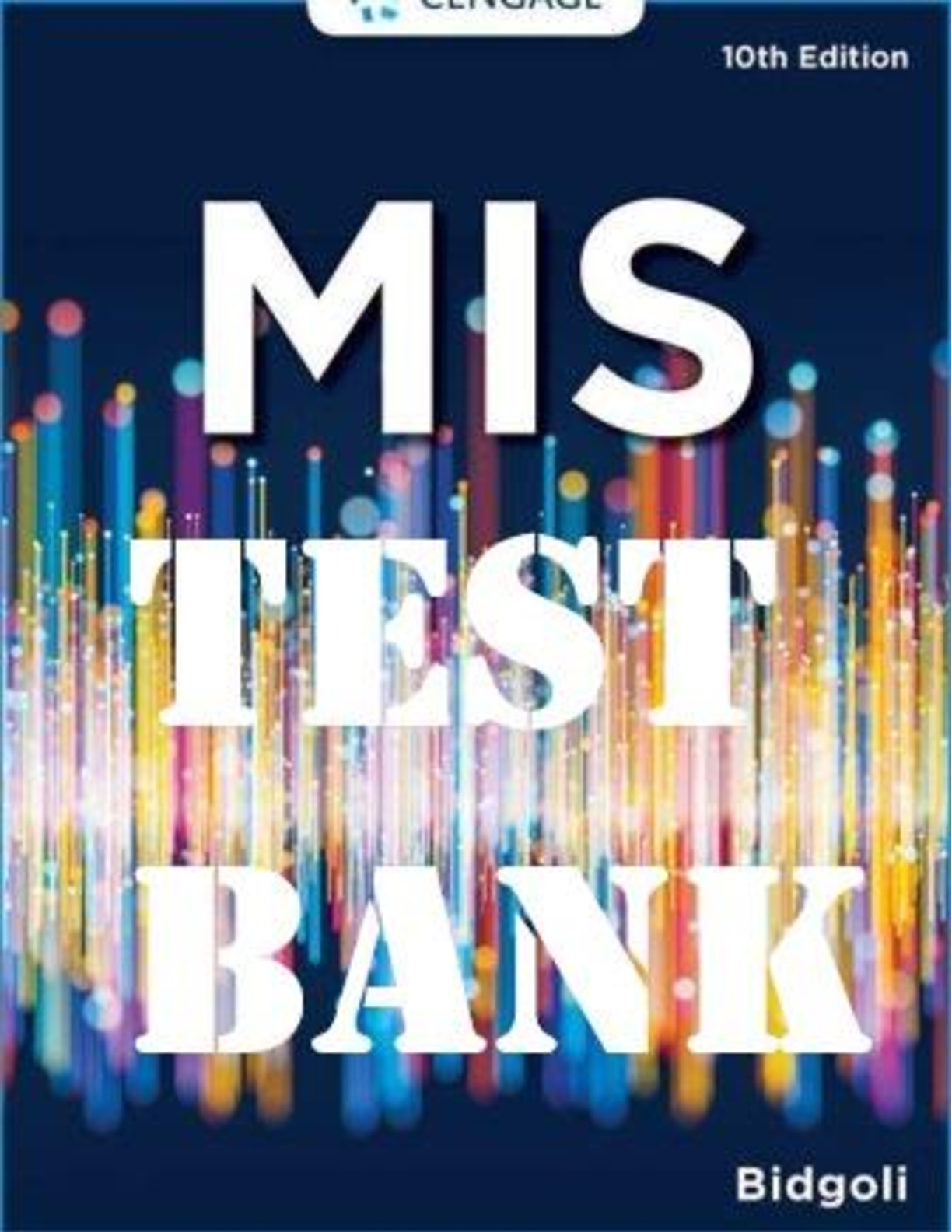
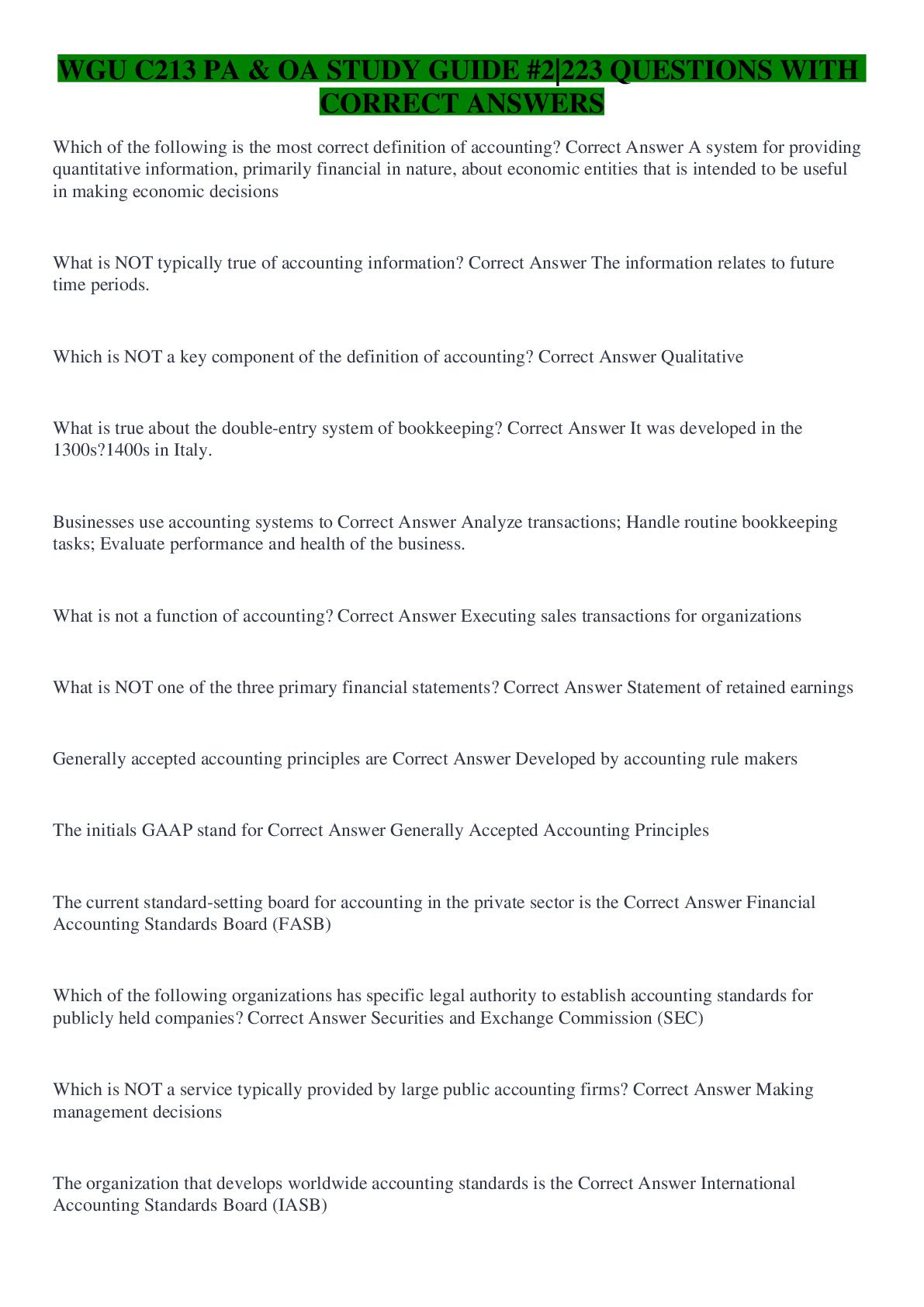




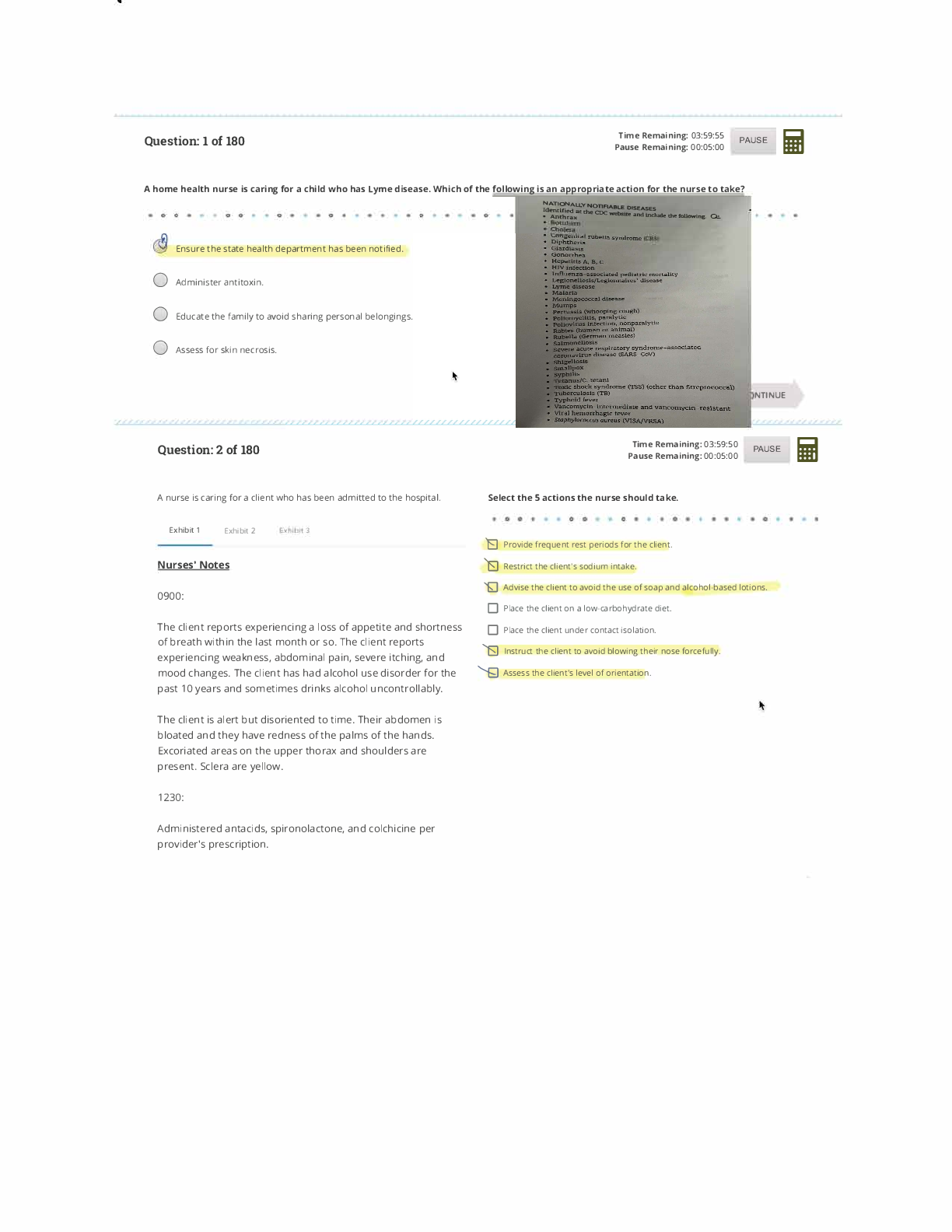




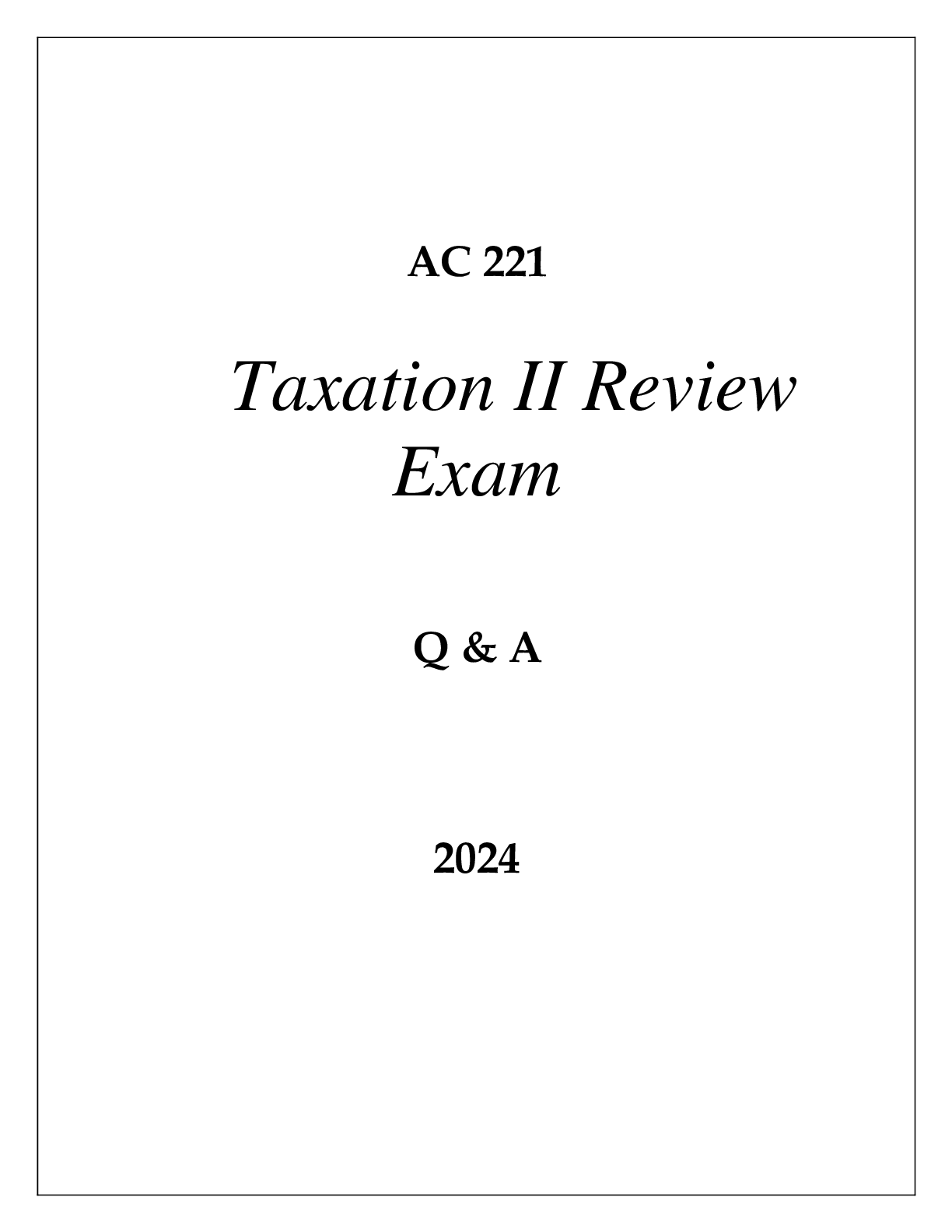


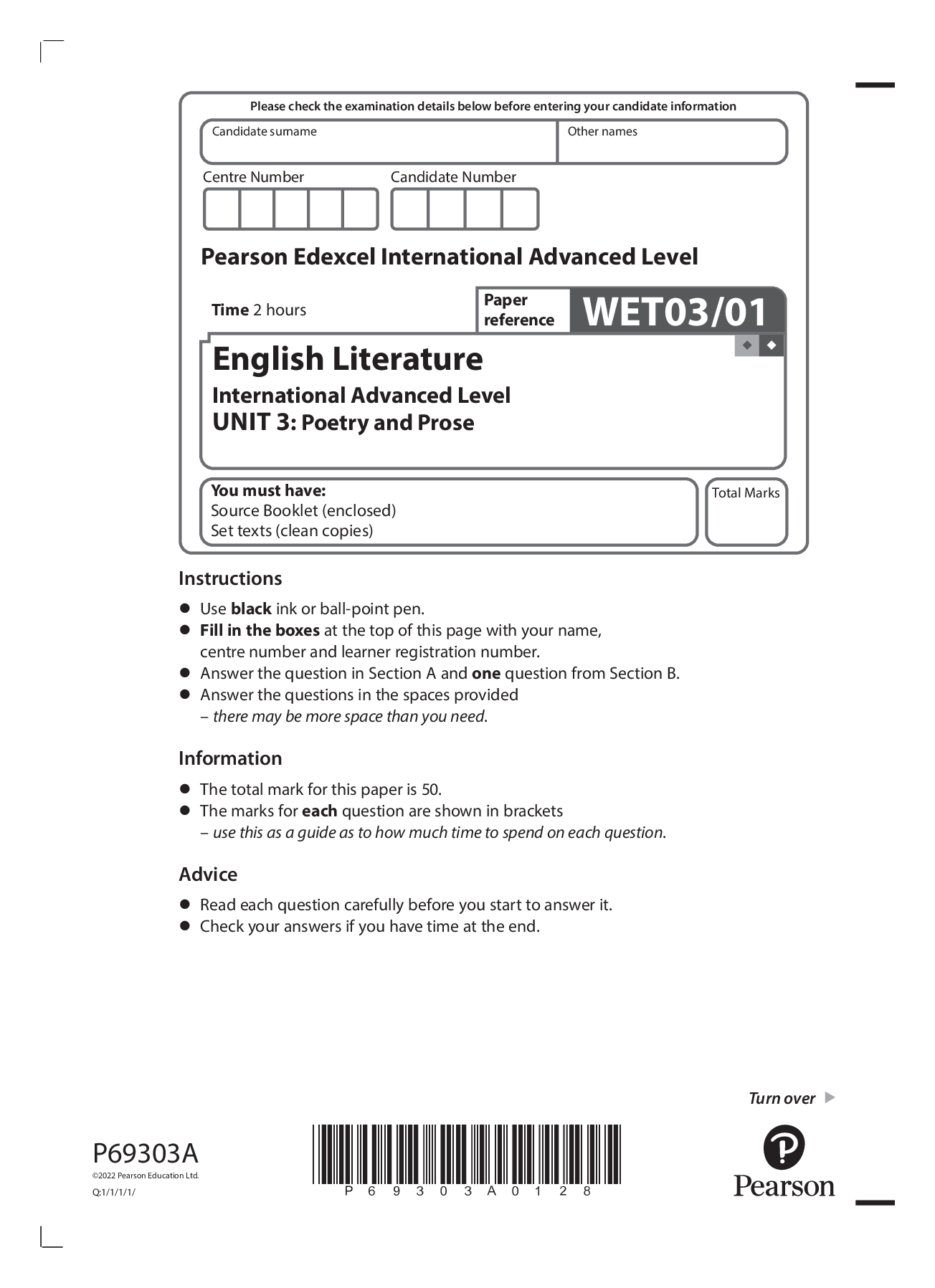


.png)
